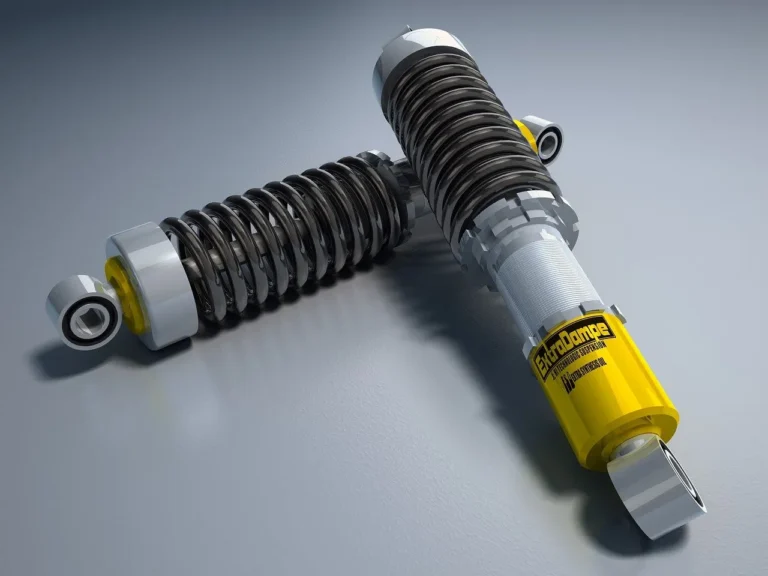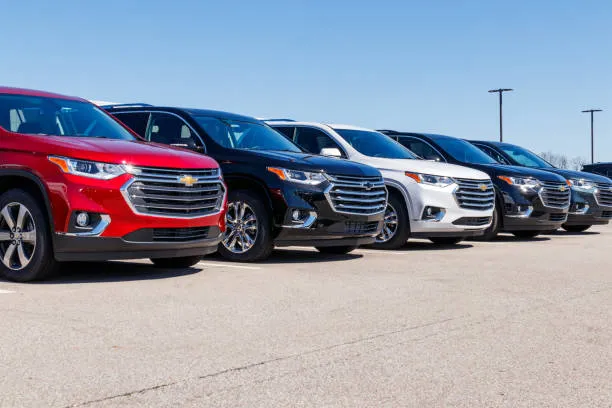
Automotive RF SoCs Accelerate the Era of Fully Connected Intelligent Vehicles
Automotive Radio Frequency System-on-Chip (RF SoC) and Module Research Report 2025 Intelligent Cars to its growing portfolio, shedding light on one of the fastest-evolving segments of in-vehicle electronics. As cars transition from mechanical machines to intelligent, networked devices, technologies such as Ultra-Wideband (UWB), 5G NTN satellite communication, NearLink, and Wi-Fi 7/8 are rapidly becoming the “neural pathways” of next-generation vehicles.
These technologies enable vehicles to sense their surroundings, communicate with infrastructure, authenticate users, detect life forms inside the cabin, and even navigate autonomously in parking environments. RF SoCs are at the heart of this transformation.
What Is an RF SoC and Why It Matters in Automotive Applications
An RF SoC (Radio Frequency System-on-Chip) integrates multiple essential components—including RF front-end circuitry, baseband processing, and memory—into a single chip. Instead of using multiple discrete modules, vehicle manufacturers can now rely on RF SoCs as compact, power-efficient wireless communication hubs.
In modern vehicles, RF SoCs power key applications such as:
- V2V, V2I, and V2P connectivity, enabling vehicles to communicate with other vehicles, pedestrians, and roadside infrastructure.
- Keyless entry and vehicle start systems, replacing traditional mechanical keys with wireless authentication.
- Tire Pressure Monitoring Systems (TPMS) and in-cabin life detection, improving safety and regulatory compliance.
- Over-the-Air (OTA) updates and infotainment connectivity for continuous upgrades.
With growing consumer appetite for convenience and automation, combined with tightening safety regulations, RF SoCs are no longer optional—they are becoming foundational to automotive electronics architecture.
5G, Satellite Communication, and Multidimensional Networks Become Mandatory
The automotive industry is moving rapidly toward an “Always Connected” paradigm. Vehicles are evolving into multi-network communication nodes that merge:
- In-vehicle communication (CAN, Ethernet, wireless)
- Cellular communication (4G/5G)
- Satellite-based non-terrestrial networks (NTN)
With communication domain controllers now trending across high-end vehicle architectures, the RF SoC is emerging as the central nervous node for signal routing across land, air, and eventually space-based communication links.
UWB: The Most Promising Wireless Technology in Automotive
Among competing wireless standards, Ultra-Wideband (UWB) stands out as the leading technology for precise positioning, passive security access, and high-reliability sensing.
Unlike Wi-Fi or Bluetooth, UWB offers:
- Centimeter-level accuracy
- High resistance to signal reflections (multipath interference)
- Low latency and high motion resolution
These features unlock powerful applications when combined with edge-based AI algorithms, enabling real-time spatial intelligence directly within the vehicle—without relying on cloud computing.
Real-World Adoption: UWB in Digital Keys and CPD Safety Systems
The mass adoption of UWB is already underway:
- In 2024, China recorded 1.073 million vehicles equipped with UWB-based digital keys, a 354.6% year-on-year surge, pushing total chip demand above 5 million units.
- Child Presence Detection (CPD) regulations in the EU (E-NCAP 2025), US (Hot Cars Act), and China (C-NCAP 2024) are mandating built-in systems that can detect unattended children in locked cars.
Only direct sensing methods such as UWB or 60GHz radar meet these new standards. Cameras fail due to privacy and light-obstruction concerns, while ultrasonic sensors are too imprecise.
Thus, UWB is positioned as the go-to sensing standard for CPD compliance starting 2025.
UWB Set to Replace Ultrasonic Radars in Parking Assist and AVP
In November 2024, Chengdu KNOWNO Technology unveiled the world’s first commercial UWB radar-based parking assistance system, powered by Unisoc’s UIW7710 and UIW7705 automotive-grade chips.
With just four UWB sensors, vehicles can:
- Perform UPA (Ultrasonic Parking Assist) and APA (Automatic Parking Assist) functions,
- Detect object height and movement with higher precision,
- Operate effectively at 0–10 km/h, outperforming legacy ultrasonic solutions.
This breakthrough suggests that AVP (Automated Valet Parking) and low-speed near-field automation may soon pivot entirely to UWB-based architectures.
Wi-Fi 7 and Wi-Fi 8: Powering High-Bandwidth, Low-Latency In-Car Connectivity
Wi-Fi 7, capable of simultaneous transmission across 2.4GHz, 5GHz, and 6GHz, delivers:
- Up to 40+ Gbps peak speeds (4× faster than Wi-Fi 6E)
- Ultra-low latency streaming and data transfer
- Stable performance even in congested networks
In automotive environments, Wi-Fi 7 supports:
- Real-time HD map updates
- Lag-free infotainment experiences
- Seamless communication with smart buildings and roadside systems
Meanwhile, Wi-Fi 8, currently in development under the IEEE 802.11bn standard, promises Ultra-High Reliability (UHR). Its goal: zero packet loss and near-zero latency in complex environments—a critical enabler for safety-critical V2X functions.
5G NTN: Extending Connectivity Beyond Earth-Based Networks
5G NTN (Non-Terrestrial Network) merges satellites, UAVs, and High-Altitude Platforms (HAPS) with terrestrial 5G infrastructure, ensuring vehicles remain connected even in remote deserts, mountains, or at sea.
There are two main technical approaches:
| NTN Technology | Purpose | Performance Focus |
|---|---|---|
| NR-NTN | High-speed communication for smart terminals | Video, AR/VR, streaming |
| IoT-NTN | Low-power connectivity for sensors and emergency services | Long-range, high-latency tolerance |
By integrating NTN into vehicle telematics, automakers can deliver global emergency rescue, crash alerts, asset tracking, and even satellite messaging without relying on ground networks.
Industry Landscape: Key Players Driving RF SoC Growth
The report highlights a wide range of global and Chinese RF SoC suppliers, including major semiconductor giants and specialized communication chip companies.
Leading International Vendors:
- Qualcomm, Samsung, NXP, TI, MediaTek, Renesas
- Infineon, Broadcom, STMicroelectronics
- Qorvo, Synaptics, Nordic Semiconductor
- u-blox, Silicon Labs, Autotalks
Key Chinese Players Emerging in the Automotive Space:
- Huawei HiSilicon, Unisoc, Calterah, Allystar
- Morningcore, Sanechips, ASR Microelectronics
- Triductor, Telink, Fudan Microelectronics
- Geespace, ComNav, Kisilicon, Chixin Semiconductor
With aggressive R&D investment and government support for localization of automotive chips, China’s RF SoC ecosystem is rapidly catching up with—and in some verticals even surpassing—global competitors.







